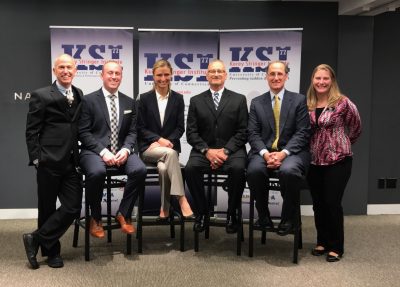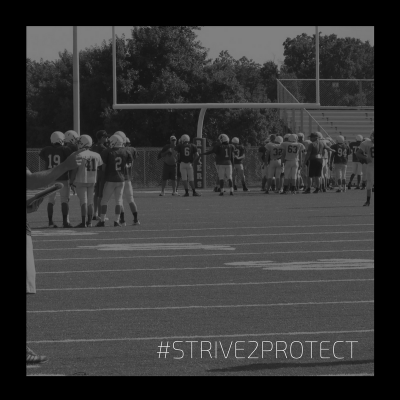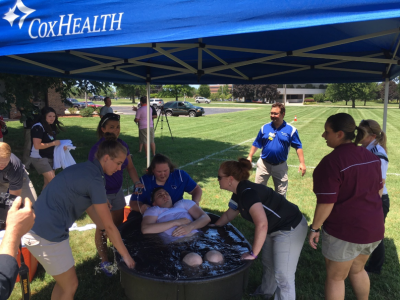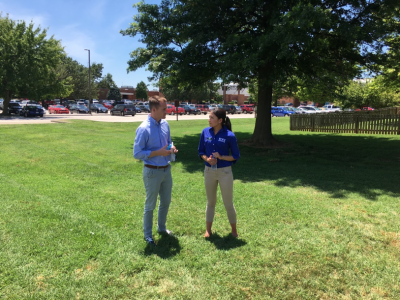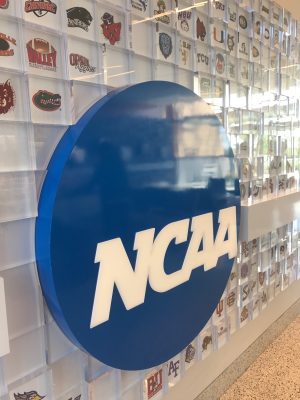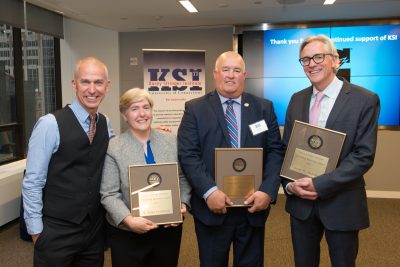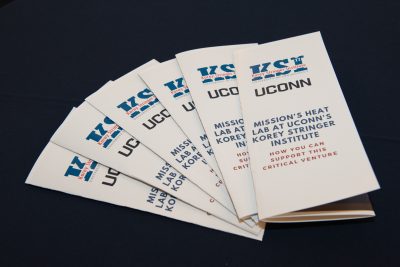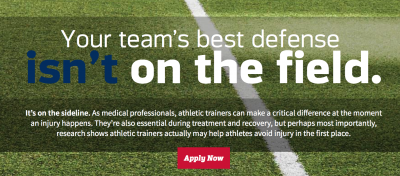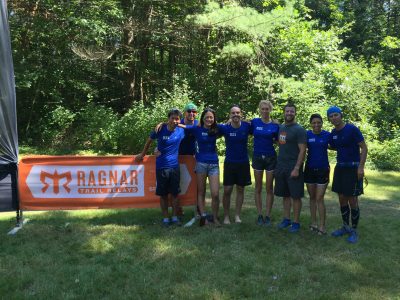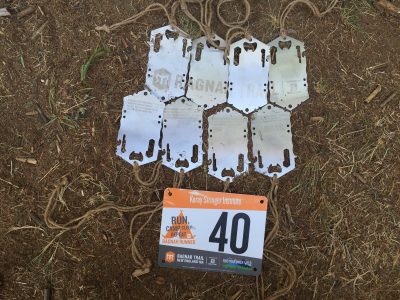Yuri Hosokawa, PhD, ATC
Vice President of Communication, Vice President of Education
Ryan Curtis, MS, ATC, CSCS
Associate Director of Athlete Performance and Safety
Our summer is not complete without going to Falmouth, MA, to work at the New Balance Falmouth Road Race medical tent and continue our research and educational initiatives. We have been very fortunate to have the support from the race board members to have KSI presence at the pre-race medical symposium, health & fitness expo, and at the race as medical volunteers and research staff.
NB Falmouth Road Race Medical Symposium
With a host of medical volunteers and invited guests in attendance, this year’s NB Falmouth Road Race Medical Symposium featured presentations on a range of relevant topics including recognition and treatment of running-related orthopedic injuries, physiological concerns when developing strategies to optimize performance in the heat, and wearable technologies that can assist in optimizing performance.
Veteran NB FRR orthopedic medical provider, Dr. Don O’Malley, drew upon his experneces to give a thorough review of his top 10 running related orthopedic injuries. Dr. William Adams, a member of KSI’s medical and science advisory board and current assistant professor at the University of North Carolina at Greensboro, presented on physiological concerns and strategies when optimizing performance in the heat. The third invited speaker was Ryan Curtis, MS, ATC, CSCS, Associate Director of Athlete Performance and Safety, who discussed integration of wearable technology to optimize performance in the heat. The symposium was concluded with our Chief Medical Officer, Dr. John Jardine, who also serves as the Co-Medical Director of the NB Falmouth Road Race. He briefed attendees on the logistics and chain of command that will be followed on the day of the race. Overall, the 2017 NB FRR Medical Symposium featured not only relevant topics in medicine but additionally offered a glance into the future of health and performance optimization.
Health & Fitness Expo
This year was our first time to participate in the Health & Fitness Expo as an exhibitor. The increased recognition of the KSI among the Falmouth runners was evident. We had many runners come stop by, and it was such a rewarding experience to have some of them share their personal stories about how they or their family members and friends were saved from exertional heat stroke by the NB Falmouth Road Race medical volunteers.
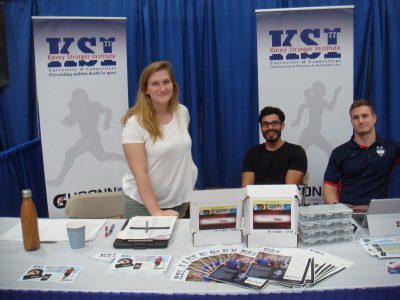
At the expo, we also met with this year’s study participants who already participated in a series of laboratory tests at the University of Connecticut in mid-July to early August. These runners were provided with an ingestible thermistor pill, which allow researchers to readily measure their internal body temperature on the day of the race.
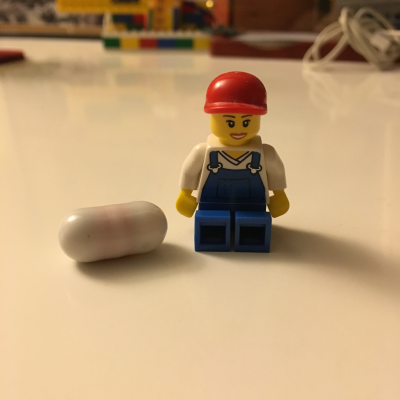
Race Day
Race day for both medical and research volunteers started before dawn on Falmouth Sunday. The research crew set up the morning data collection booth at Lawrence School, which was where all runners met to get on shuttle buses to the starting line in Woods Hole. The research data collection included measurements such as participants’ gastrointestinal temperature, sweat rate, and pre- and post-race blood and urine collection.
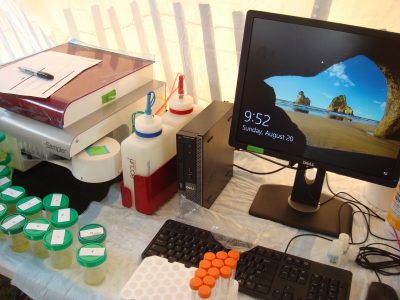
At the medical tent, medical volunteers gathered to review the triage protocol and proper methods for treating exertional heat stroke. Chris Troyanos, Medical Coordinator of the NB Falmouth Road Race, Dr. Jardine and Dr. Robert Davis, the co-medical directors, and Dr. Douglas Casa from KSI lead the group of veteran and novice medical volunteers so that the medical tent was ready for runners who would be finishing the 7.1-mile course in the forecasted warm and humid conditions.
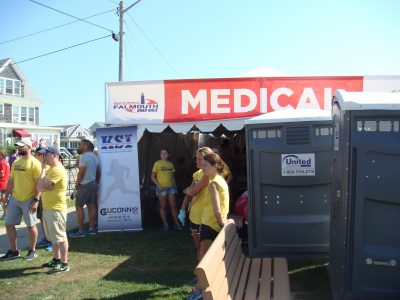
Findings from the NB Falmouth Road Race study will be analyzed over the course of the next several months and will be prepared for scientific presentations at the National Athletic Trainers’ Association and American College of Sports Medicine annual meetings in 2018.
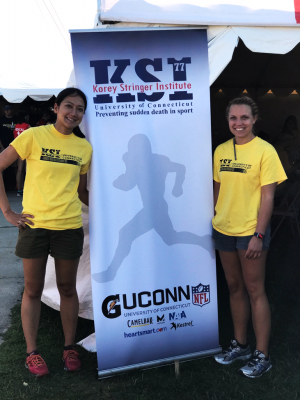
#RunFalmouth #Strive2Protect #RaceMedicine
